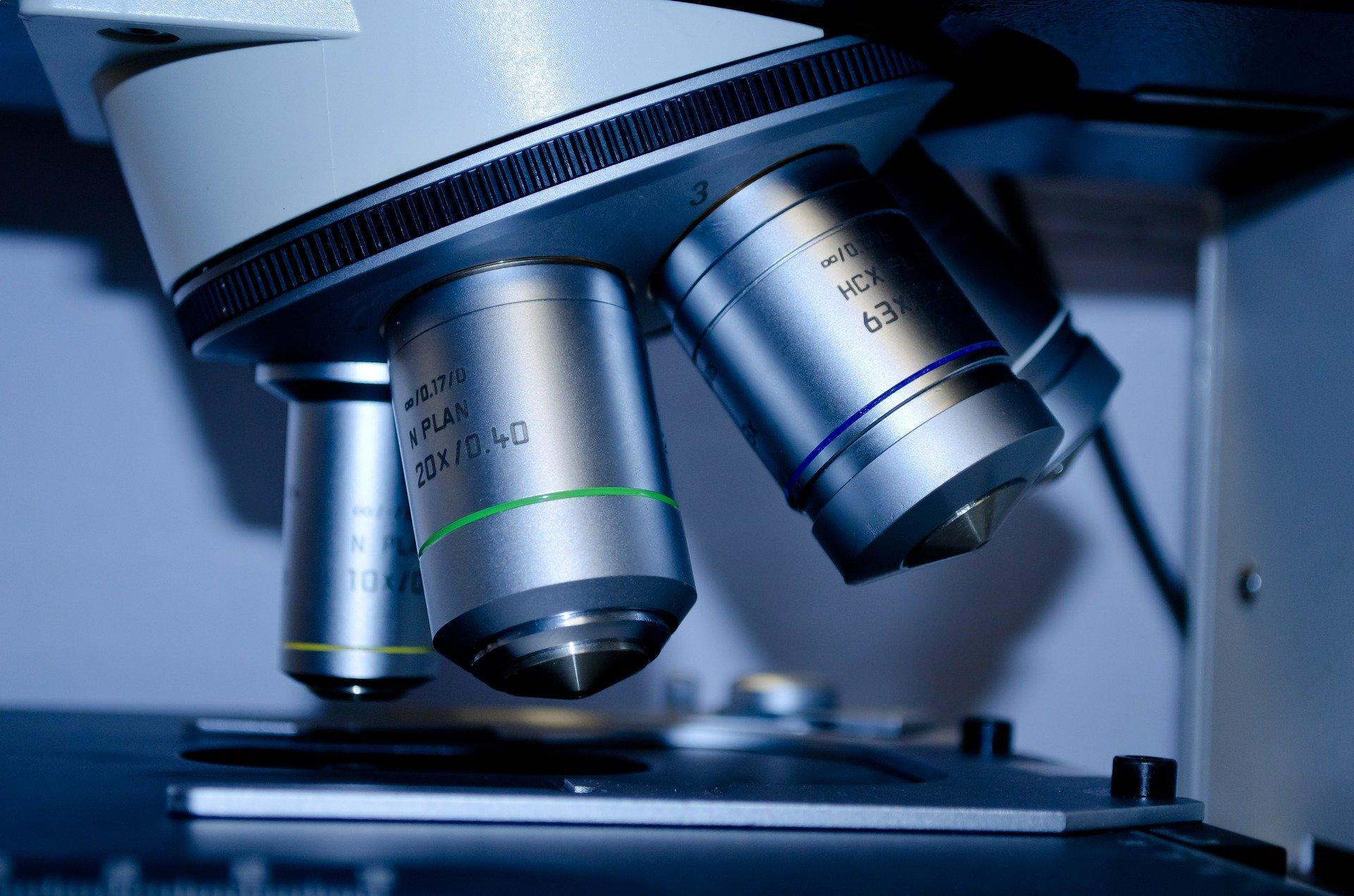
In a recent insight, we looked at how cybersecurity has been a sector that has bucked the M&A downturn caused by COVID-19. Following an initial dip in March, the sector’s increased relevance and its recent history of producing disruptive young companies drove dealmaking during the crisis in a trend that looks set to continue.
In many ways, medtech resembles the cybersecurity sector. They are both sectors with a mix of big, established companies and disruptive SMEs, they are at the forefront of cutting-edge technology and they all have direct relevance to life during COVID-19. What’s more, these are booming sectors that attract considerable investment from every angle, including public funding, private investment and grants.
An initial downturn
Unlike cybersecurity, however, medtech M&A suffered significantly during the initial wave of COVID-19. According to PwC, the total value of medtech takeovers tracked during the first half of the year was under $2 billion and deal volumes fell 15 per cent.
Of course, medtech is a word referring to a hugely diverse industry and there were some anomalies within subsectors. Deal volumes in biotechnology for instance increased by close to a quarter, but overall, the trend across the first half of the year was downward.
During the first half of the year, issues such as supply chain problems, a lower availability of capital, regulatory and political uncertainty and, of course, the impact of COVID-19 saw M&A drop off. Overall, many firms, whether buyers, sellers or target acquisitions, were likely more focused on crisis management, rather than M&A.
Dealmaking bounces back
Since August, however, there has been a significant upturn in medtech and life sciences M&A, with the medtech sector seeing several large deals since August, such as Teladoc’s $18.5 billion acquisition of digital health firm Livongo.
To put this turnaround in context: PwC tracked $35 billion in deals across the pharma, biotech, medical device, diagnostic and related sectors in the first 6 months of the year. In the second half of the year, this figure was surpassed in just seven weeks.
Overall, it seems that there are several factors that are driving a wave of M&A in medtech and that, in the coming months, this is only likely to get bigger. With this in mind, we’ll examine some of the contributors to what looks set to be a strong, sustained period of dealmaking.
Big players dip into war chests
The aforementioned Teladoc acquisition of Livongo was one of a slew of big deals in the medtech sector that kicked off the second half of the year, suggesting that the industry’s bigger operators were ready to flex their acquisitive muscles.
This is an opportunity to acquire the shares, business and/or assets of an electrophoretic and powder coating specialist located within the North East of England. Indicative proposals, supported by proof of funding, are accepted by no later than 4pm...
This unique holiday accommodation business offers distinctive, design-led stays on over 15 acres of private land, complete with exceptional amenities and a residential property. With a strong occupancy rate of over 90% and excellent guest reviews, it...
FREEHOLD
This exceptional opportunity allows you to acquire a leading UK business in pneumatic tube systems for healthcare, boasting exclusive distribution rights and strong client retention through multi-year service agreements.
Business Sale Report is your complete solution to finding great acquisition opportunities.
Join today to receive:
All this and much more, including the latest M&A news and exclusive resources
Please choose your settings for this site below. For more information please read our Cookie Policy
These cookies are necessary for our website to function properly and provide you with access to all features.
These are analytics cookies that help us to improve the way our website works.
These are used to improve the functional performance of the website and make it easier for you to use.
